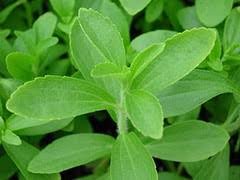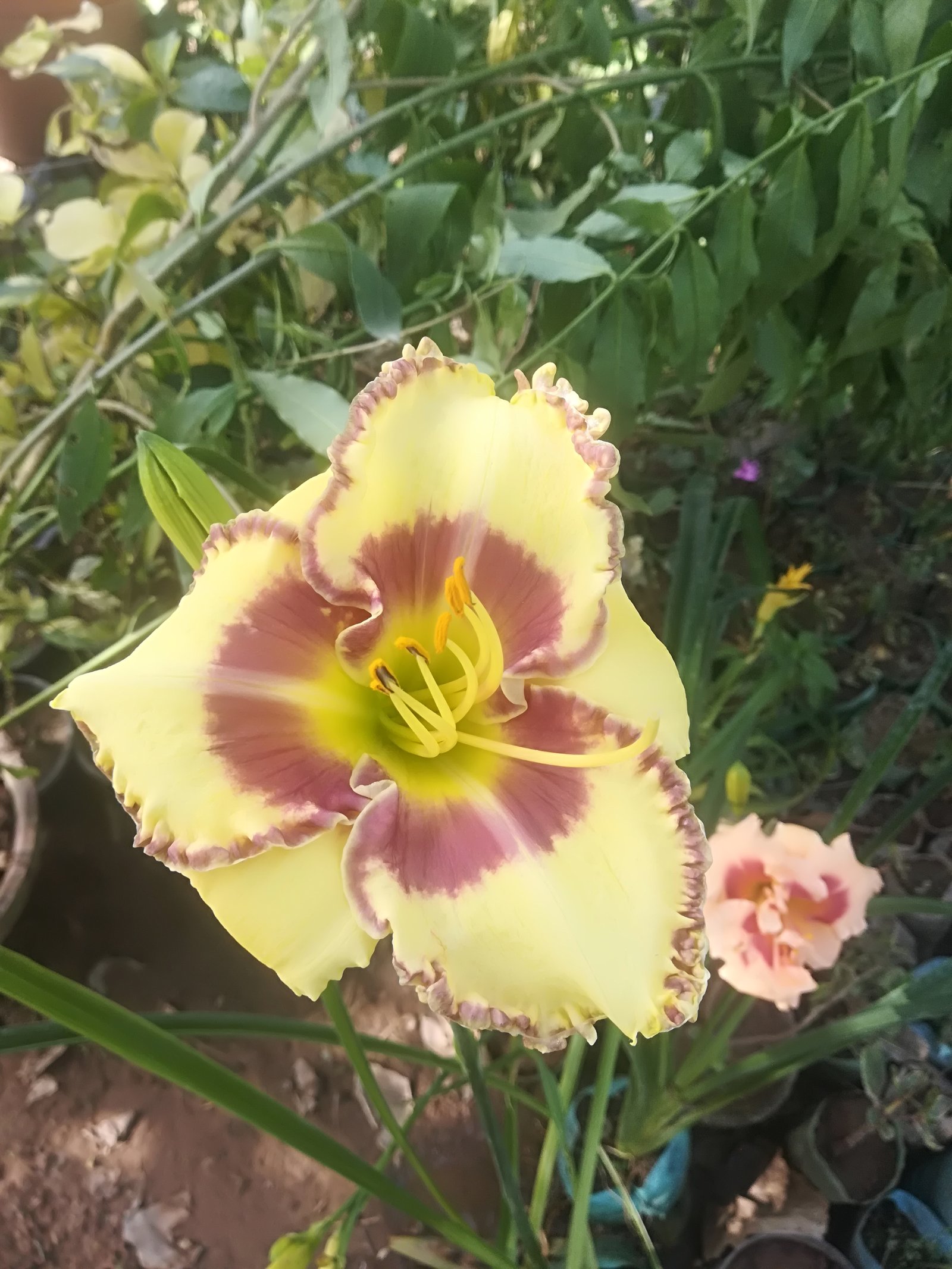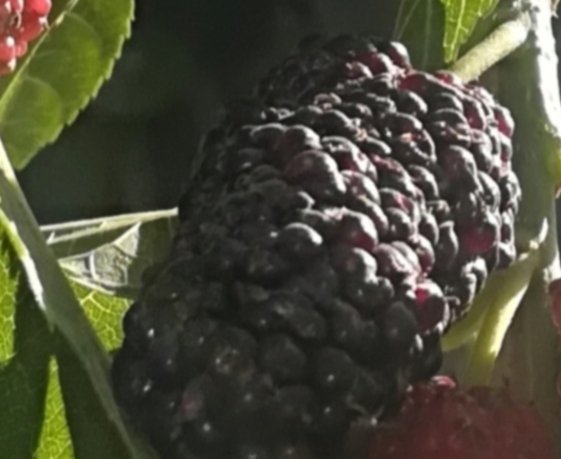
"Irani Zafran" refers to saffron produced in Iran, and saffron is one of the most valuable and sought-after spices in the world. Here's a detailed note on Irani Zafran:
Introduction:
Botanical Origin:
Saffron comes from the flower Crocus sativus, commonly known as the saffron crocus.
Geographical Origin:
Iran is renowned for producing some of the highest quality saffron globally, and the term "Irani Zafran" specifically denotes saffron from Iran.
Cultivation:
Climate and Soil:
Saffron cultivation requires specific climate conditions, and Iran's diverse geography provides suitable environments.
Well-drained soil, preferably sandy or loamy, is essential for saffron cultivation.
Harvesting:
Saffron is harvested from the stigma of the saffron crocus flower.
Harvesting is a labor-intensive process as it is done by hand, requiring precision and care.
Yield and Labor Intensity:
It takes a large number of flowers to produce a relatively small amount of saffron, contributing to its high value.
The labor-intensive nature of harvesting contributes to the spice's cost.
Chemical Composition:
Active Components:
The primary compounds responsible for saffron's aroma, flavor, and color are crocin (color), safranal (flavor), and picrocrocin (bitterness).
Medicinal Properties:
Saffron has been used in traditional medicine for various purposes, including treating depression, improving mood, and possessing antioxidant properties.
Culinary Use:
Flavor and Aroma:
Irani Zafran is known for its intense flavor and aromatic qualities, adding a distinctive taste and color to dishes.
Culinary Applications:
Saffron is widely used in Iranian cuisine, particularly in dishes like rice, stews, and desserts.
It's a key ingredient in the famous Iranian rice dish, "Zereshk Polo ba Morgh" (Barberry Rice with Chicken).
Economic and Cultural Significance:
Economic Impact:
Saffron is a major contributor to Iran's economy, and the export of Irani Zafran contributes significantly to the country's income.
Cultural Tradition:
Saffron has a rich cultural and historical significance in Iran, and its use dates back centuries in various aspects of Iranian culture, including culinary arts, medicine, and rituals.
Challenges and Conservation:
Challenges in Production:
Saffron cultivation faces challenges such as weather conditions, pests, and diseases, which can impact production.
Conservation Efforts:
Efforts are made to promote sustainable saffron cultivation practices to ensure the long-term viability of saffron production in Iran.
Conclusion:
Irani Zafran, or Iranian saffron, is a highly prized and culturally significant spice known for its exceptional quality, flavor, and aroma. Its cultivation, deeply rooted in Iran's history and traditions, continues to play a vital role in the country's economy and culinary heritage.















